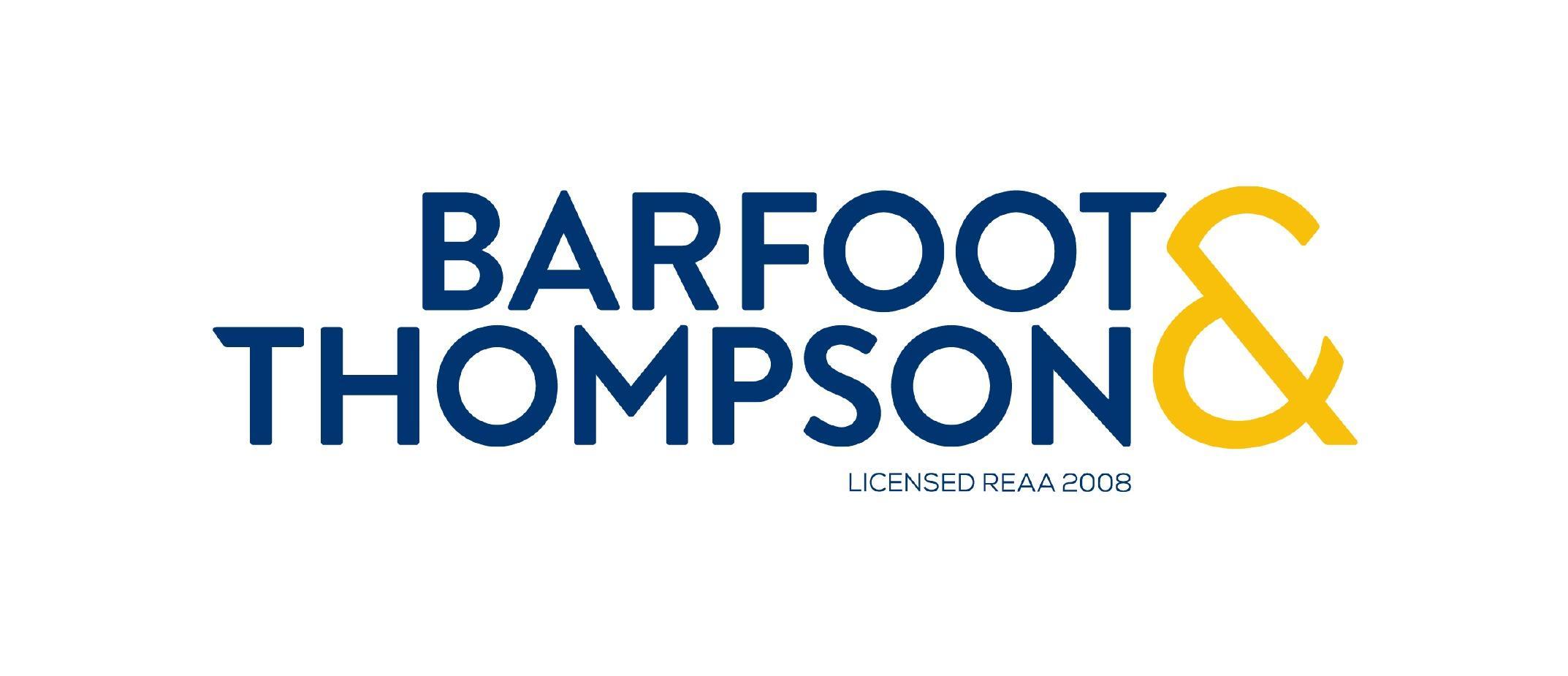We meet clients regularly who are looking at getting into property investment and are wondering how much money they need to get going. There are many answers
to this question. Much will depend on your intention and financial position. That said, here are some considerations to help you arrive at the appropriate
range.
- If you are buying properties for the first time, you will be pleased to know that right now is perhaps one of the easiest markets for new entrants
for a long while. There are no LVR restrictions (subject to review in May 2021) which mean most major banks are open to lending up to 80% LVR on
a property. You’ll need to come up with the other 20% of the purchase price. (At the time of writing, KiwiSaver cannot be used for investment properties). - If you are looking at more specialist properties (multi-units, smaller apartments, leaseholds etc), the LVR may be reduced so you’ll need to come up
with a higher deposit. In many cases, 30%-50% depending on the nature of the property. Some properties are so unique that banks often wouldn’t
lend anything on them at all. - If you already own a property with useable equity, you can use that to fund the deposit on another property. If that is the case you won’t need to
put in any of your own cash forwards the next purchase. For example, you want to buy a $500K property and you already have a $750K property owing
$500K to the bank ($250K equity), this is generally how you would tackle it:- Get a loan for 80% of the purchase price ($400,000), secure the loan against the new property;
- Top up your original loan to 80% of the property’s $750K value ($600K), off-setting it against the existing loan will leave you with $100K
accessible equity. You can then draw down this as a loan to cover the $100K deposit required.
- If you’re looking at purchasing an owner-occupied property, you can get in with even less of a deposit. There are two main scenarios here:
- If you’re looking for standard bank lending, at the time of writing, lenders are offering max lending of 90% LVR – which means you need to
come up with a 10% deposit. If you’re purchasing for let’s say $750k, this might mean you need a $75k deposit. The plus-side here is that
KiwiSaver can also form part of the deposit – so you don’t only need cash. - If you’re looking at the Kainga Ora First Home Loan scheme, you may be able to get in with as little as 5% deposit. If you’re buying for $500k this might mean as little as $25k deposit is
required. There are certain restrictions to this around income caps and house price caps in certain areas, so the link above will help
clarify this. The more difficult part is meeting serviceability criteria for a 95% loan, and not all lenders offer this product, but it
is worth digging into if it sounds like something suitable for you. As a rule of thumb, if you’re wanting to get closer to the higher price
caps in the larger town centres, you often will need two applicants to meet the servicing criteria.
- If you’re looking for standard bank lending, at the time of writing, lenders are offering max lending of 90% LVR – which means you need to
- Another final option if you’re short on cash, equity and/or KiwiSaver, is to joint-venture. There are several options here in terms of going to ‘The
Bank of Mum & Dad’ or even looking at joint venture partners. Perhaps if you lack capital or the ability to get finance, you can serve as the
joint venture partner who provides skills or expertise to make a deal work (such as finding the deal in the first place), so that you’re bringing
your worth to the table. This often works better in short-term arrangements where properties are bought to renovate and sell, and each party may
walk away with an agreed-upon profit margin. Once you have enough cash, one of the previous options above may work for you to begin the process
alone if that is your preference. - Lastly, in terms of ongoing reserves for property, I’d suggest having savings aside for any unforeseen maintenance issues – or even vacancies. I’d
personally recommend having around 3 months’ worth of rent leftover at least. I’ve recently had a situation (personally) where a property of mine
was vacant for several months while we tried to get a tenant out, and following that the property was contaminated with meth – which took a long
time to remedy with the COVID-19 lockdown in between as you can imagine.
All of the above is still subject to meeting servicing criteria, but assuming you have the equity/deposit side sorted, you’re definitely at least half-way
there!
As always if you have any questions or we can assist further, feel free to get in touch at [email protected]

ABOUT THE AUTHOR
Ryan Smuts
Ryan is a Key Accounts Manager at Kris Pedersen Mortgages and Insurance as well as a property
investor.













Add Comment